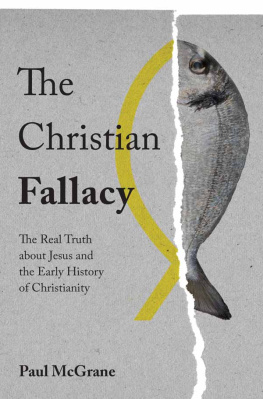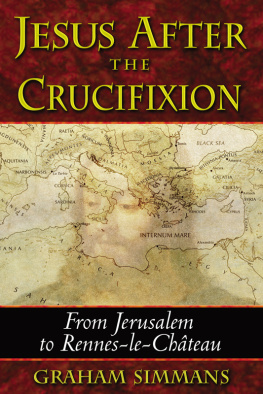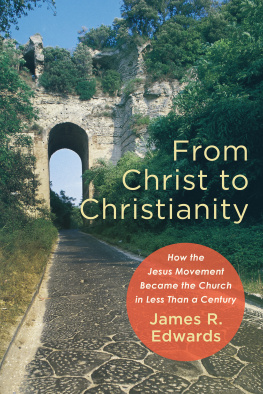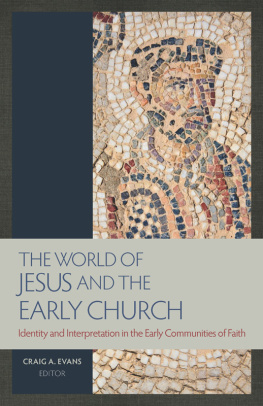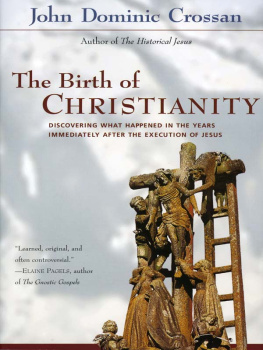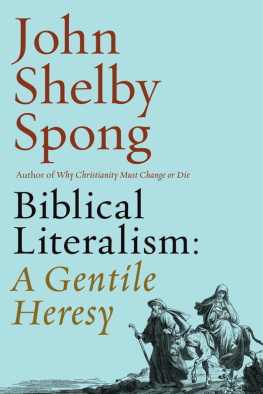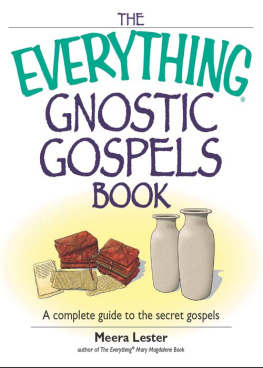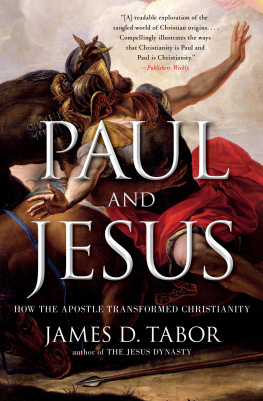Thank you for downloading this Scribner eBook.
Join our mailing list and get updates on new releases, deals, bonus content and other great books from Scribner and Simon & Schuster.
C LICK H ERE T O S IGN U P
or visit us online to sign up at
eBookNews.SimonandSchuster.com
We hope you enjoyed reading this Scribner eBook.
Join our mailing list and get updates on new releases, deals, bonus content and other great books from Scribner and Simon & Schuster.
C LICK H ERE T O S IGN U P
or visit us online to sign up at
eBookNews.SimonandSchuster.com

SCRIBNER
1230 Avenue of the Americas
New York, NY 10020
www.SimonandSchuster.com
Copyright 1918, 1959, 1970, 1985 by Simon & Schuster Inc.
Copyright renewed 1946 Amelia Walker Cushing and Elizabeth Walker
All rights reserved, including the right of reproduction in whole or in part in any form.
SCRIBNER and design are trademarks of Macmillan Library Reference USA, Inc. under license by Simon & Schuster, the publisher of this work.
Library of Congress Cataloging in Publication Data
Walker, Williston, 18601922.
A history of the Christian Church.
Bibliography: p.
Includes index.
I. Church history. I. Norris, Richard Alfred. II. Lotz, David W., 1937. III. Handy, Robert T. IV. Title.
BR145.W34 1985 270 8423614
ISBN-13: 978-0-684-18417-3
ISBN-10: 0-684-18417-6
ISBN-13: 978-0-02-423870-2 (Macmillan)
ISBN-10: 0-02-423870-8 (Macmillan)
ISBN-13: 978-1-4767-9467-9 (eBook)
Contents
Preface
T HE FIRST EDITION of Williston Walkers A History of the Christian Church , published in 1918, quickly became a standard, highly serviceable textbook. Walker, professor of ecclesiastical history at Yale University, achieved a rare combination of directness, competence, and balance in this work, which became an unparalleled success as a basic one-volume treatment of church history from the first to the twentieth century. After forty years, its usefulness in providing a concise coverage of the sweep of Christian history was still widely recognized. Hence, when the second (1959) edition of the work was undertaken, the aim of the revisers, Cyril C. Richardson, Wilhelm Pauck, and Robert T. Handy of Union Theological Seminary in New York, was primarily to revise those parts where some errors of fact had come to light or where the interpretation had become seriously out of date, and to do a more thorough reworking of the section on modern Christianity, where much research had been done since Walkers time. The third (1970) edition was little changed except for additions to take account of important developments of the 1960s, with particular reference to the Second Vatican Council and the spread of the ecumenical movement.
Since then, continuing historical research and methodological changes have led to important new discoveries and to fresh interpretations of the earlier periods, necessitating a much more thorough revision. This fourth edition undertakes this. The basic outline of Walkers original text, previously modified only for the last period, has proved to be sound, and with some emendations has been generally followed again, but there has been extensive reconception, recasting, and rewriting of the content of many sections, incorporating the result of recent scholarly work in these areas. The work was divided as follows: Professor Norris has rewritten the sections from the beginning through the early Middle Ages (Periods I-IV). Professor Lotz has recast and extensively rewritten the sections treating the later Middle Ages and the Reformation (Periods V-VI). Professor Handy has further edited the sections covering the years from Puritanism to the present (Period VII). Cross references in the text are indicated by citing the appropriate period and chapter numbers in parentheses. ) refers the reader to period one, chapter two. For the readers convenience, period and chapter numbers run along the top of right-hand pages in the book. The bibliography has been redesigned; following a listing of selected general works, attention is focused on the seven main periods of the text. It is our hope that our labors wil perpetuate and add to Walkers original achievement in his revised and considerably rewritten work.
RICHARD A. NORRIS
DAVID W. LOTZ
ROBERT T. HANDY
Union Theological Seminary, New York
September 1984
Preface to the Third Edition
A NUMBER of significant events in church history took place in the 1960s. Therefore, though it was not advisable fully to revise this useful volume again so soon after the thorough revision of 1959, it was decided to make some changes in the latter part of the book, to add an additional chapter, and to update the bibliographical suggestions. It is instructive to observe how much of the history that is recounted in this long-standard work has been reconsidered again in the epoch-making deliberations and actions of the Second Vatican Council and the Third and Fourth Assemblies of the World Council of Churches.
ROBERT T. HANDY
Union Theological Seminary
September 1969
Revisers Preface
F OR NEARLY half a century Walkers History of the Christian Church has been a standard textbook. It was written by a scholar of ripe learning, who profited especially from the rich fruits of German historical scholarship in the later 19th and early 20th centuries. Its rare combination of clarity, compactness and balance has been responsible for its unparalleled success. Moreover, despite the advances made in historical scholarship, the main text of Walker has held up remarkably well. Nevertheless, sections have inevitably become out of date, and especially in the later portions has extensive rewriting been necessary. It has been the aim of the revisers to retain the main structure of the original, and only to revise those parts where there were errors of fact or where the intepretation was seriously questionable. Occasionally sections have been added to introduce a better balance or to take note of modern discoveries. In the modern period a more radical reworking of the material has been necessary in order to bring the text up to date.
The division of labor between the revisers has been as follows: Professor Richardson has been responsible for the work to the early Middle Ages (pp. 1215), Professor Pauck through the Reformation (pp. 219401), and Professor Handy from Puritanism to the Modern Day (pp. 402545). Grateful thanks are due Dr. Edward R. Hardy of the Berkeley Divinity School, New Haven, for his scholarly help on the section dealing with the Greek Orthodox Church. It is our hope that by bringing the text up to date we have added to its usefulness and so prolonged the life of a worthy and popular volume.
CYRIL C. RICHARDSON
WILHELM PAUCK
ROBERT T. HANDY
Union Theological Seminary
September 1958
Period I
Chapter 1
The General Situation
A T THE BIRTH OF CHRIST , the lands which surrounded the Mediterranean Sea were under the political control of Rome, whose empire embraced not only the coastal territories but their hinterlands as well. Bounded by the ocean and by the Rhine and Danube rivers to the north of the Mediterranean, it encompassed North Africa and Egypt and stretched in the East to the borders of Armenia and of the Persian Empire.
In the century and a half before the appearance of Christianity, the sway of the Senate and People of Rome was extended from Italy to include not merely Gaul, Spain, and North Africa in the West, but also, in the East, the Hellenistic monarchies which had succeeded to the empire of Alexander the Great. This time of expansion coincided with an era of growing conflict and instability in the social and political life of the Roman republic. The assassination (44 B.C. ) of Julius Caesar, carried out by a party which feared his subversion of traditional republican institutions, was followed by civil wars which affected all parts of the territories ruled by Rome. It was generally with relief and hope, therefore, that people greeted the final triumph of Octavian, Caesars nephew and adopted son, whose task it became to reconstitute the Roman state and to reform the administration of its provinces. Preserving the form of republican institutions, Augustus (as Octavian was officially and reverently named in 27 B.C. by the Senate) eventually concentrated all effective power ( imperium ) in his own hands, receiving lifetime status as tribune of the people and then as consul, with the title leading citizen ( princeps ). Acting with this authority, he brought order to the government of the provinces and relative peace to the whole of the Mediterranean world.
Next page

